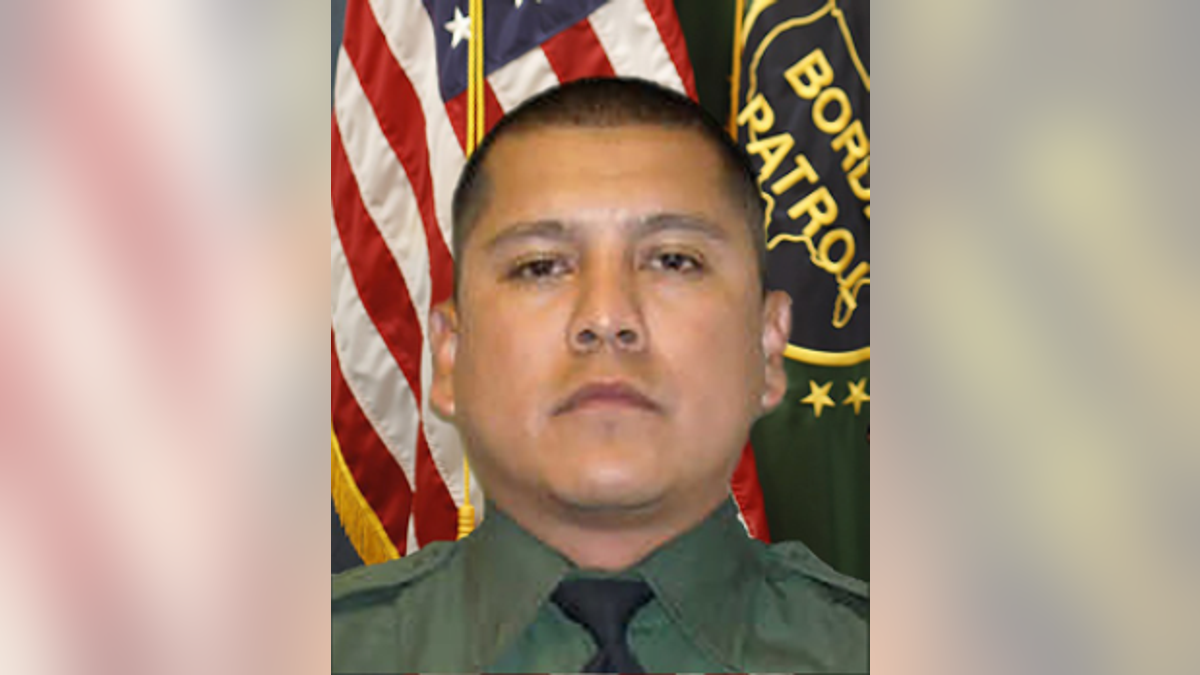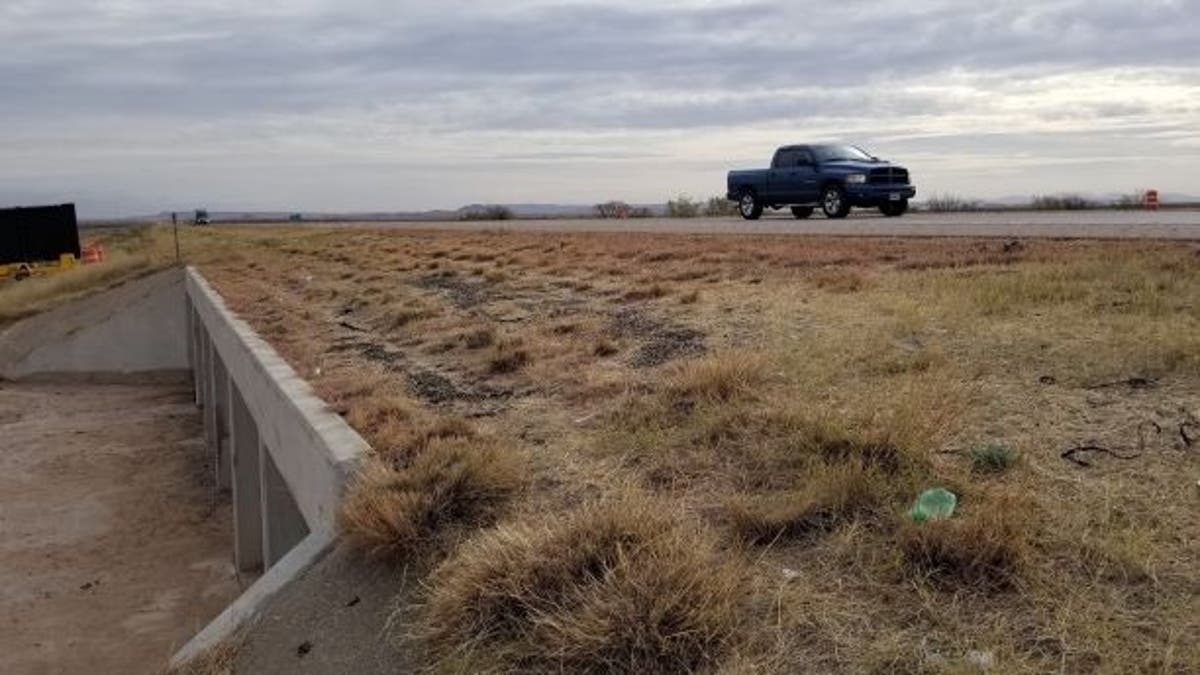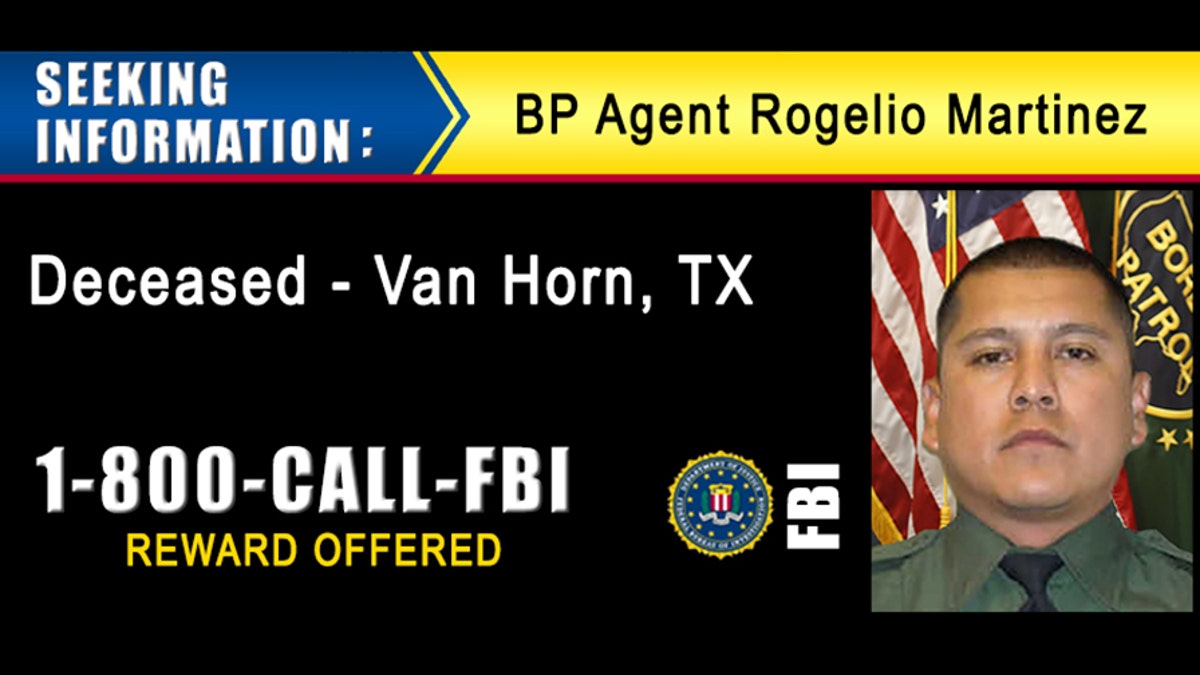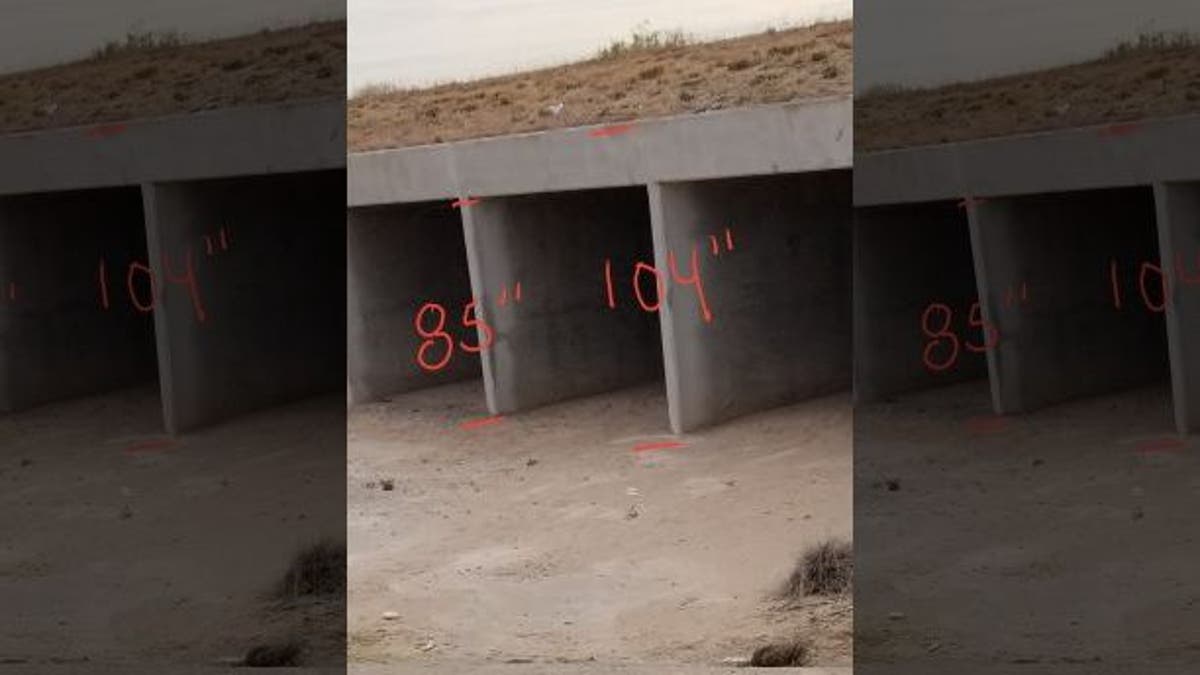Border Patrol agent's death is still unsolved
Griff Jenkins walks through the agent's possible last moments.
A U.S. border patrol agent who died near the Mexico border in Texas last November may have been ambushed and attacked from behind, explaining why the FBI did not find signs of a scuffle detailed in newly released findings, the National Border Patrol Council (NBPC) union chief told Fox News on Thursday.
Border Patrol Agent Rogelio Martinez, 36, died of “blunt force trauma” to his head caused by an “undetermined manner of death,” an autopsy report released Tuesday said. Martinez and agent Stephen Garland were found injured on Nov. 18 in a culvert near Interstate 10 outside of Van Horn. Though the FBI said in a report Wednesday that their investigation found “no scuffle, altercation or attack,” NBPC union chief Brandon Judd told Fox News that investigators still suspect there was an assault on a federal agent.

Rogelio Martinez, 36, was died of blunt force injuries to his head.
"If you take everything in its totality…the [FBI] still today retain jurisdiction, so they still believe there was an assault. But they are being transparent in saying we don’t have any evidence that there was a scuffle,” Judd said.
“Just because there's no evidence of a scuffle doesn't mean that it wasn't an assault,” he added.
BORDER PATROL AGENT WAS MURDERED, FBI AGENT CONTENDS IN AFFIDAVIT
Judd said a Border Patrol agent’s day-to-day work could explain why investigators found no evidence of a scuffle in Martinez and Garland’s case. Agents, while tracking groups of illegal immigrants at night, have their heads down and flashlights pointed toward the ground to look for footprints. Judd said at times those footprints are hard to follow and agents do not have a clear view of their peripherals.
Judd continued, “When we have the flashlight on and our heads down looking at the ground, we have a very limited view of what's going on in our peripheral. Because we have a flashlight on it would be very easy for somebody to hide and as we walk by to strike us in the head. It would be very easy to do that.”

Border Patrol agent Rogelio Martinez and his partner were found in this culvert in November. Martinez died from his injuries. (Brandon Judd/NBPC)
"The only thing in my mind that makes sense is that they were attacked from behind,” Judd explained. “If they were, in fact, attacked from behind, there's a good chance there wouldn't be any evidence of a scuffle or a struggle because they were hit in the back of their heads and they were immediately knocked unconscious.”
“Once that happens, no scuffle, no struggle."

A digital billboard displayed by the FBI seeking information on Martinez.
The FBI released Garland's statements to the dispatcher when he radioed for help. Garland said “We ran into a culvert,” “I ran into a culvert,” or “I think I ran into a culvert,” according to Wednesday’s report. The dispatcher also said that Garland “thinks they [both agents] ran into a culvert.” A previous theory on Martinez’s death stated that the agents may have fallen into the culvert.
BORDER PATROL AGENT KILLED IN WEST TEXAS DIED FROM BLUNT HEAD INJURIES, AUTOPSY SHOWS
But Judd disputed that theory, citing where Martinez and Garland were found.
“Rogelio Martinez was found, it is my understanding that half of his body was in the tunnel and half of his body was out,” Judd said. “That's not indicative of falling off a culvert and if you look at where the other agent was found, also not indicative of falling off a culvert."
"Just because there's no evidence of a scuffle doesn't mean that it wasn't an assault."
"What it sounds like to me, from my experience, was that they were running into the tunnels, into the culvert. They were probably running into the culvert, attacked from behind, hit in the back of the head, which is where both of their injuries were sustained,” he said.
Judd also said the autopsy found no signs of trauma to Martinez and Garland’s lower bodies — signaling the agents were most likely not sideswiped by a tractor-trailer that pushed them into the culvert, as Culberson County Sheriff Oscar Carillo previously claimed.
Martinez had a skull fracture, a fractured eye socket, multiple rib fractures and a broken collarbone, according to the 11-page autopsy report. He also suffered brain hemorrhaging but no other internal injuries. Martinez’s partner suffered similar injuries. The partner was released from the hospital after several days, but told investigators he could not remember the incident.
BORDER PATROL AGENT'S MYSTERIOUS DEATH WAS NO ACCIDENT, UNION CHIEF SAYS
However, three months after the deadly incident the FBI has not “conclusively determined” what led to Martinez and Garland severely injured in the bottom of the culvert. Martinez’s fiancée Angie Ochoa told KTSM she believes the FBI could do more in the investigation.

Another theory suggested the agents fell to their death. The culvert was 8 feet 8 inches high. The agents were found in the culvert. (Brandon Judd/NBPC)
"I've been holding myself, but I'm going to say it: I don't feel like they've been investigating the other agent the way they've been investigating me," Ochoa told the news site. "I just feel like the FBI isn't doing what they're supposed to be doing and it just makes us feel like this is it.”
No suspects have been linked to the incident. The two people identified as persons of interest were ultimately determined to not be involved in Martinez’s death.
Investigators have conducted more than 650 interviews and involved 37 field offices in their probe. The FBI said it will continue its investigation into the incident and is continuing to offer a $50,000 reward for information.
The Associated Press contributed to this report.


